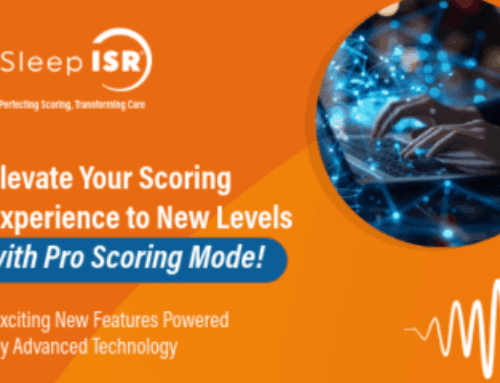The DME contractors on September 18 issued a draft policy regarding application of Medicare coverage for oral appliances prescribed for patients with obstructive sleep apnea (OSA). Comments to the four DME contractors will be accepted through November 3, 2008.
Under the draft policy, coverage for the device applies where:
- The patient has a face-to-face clinical evaluation by the treating physician (MD or DO) prior to a sleep test to assess the patient for sleep apnea;
- The patient has a Medicare covered sleep test;
- The patient is not able to tolerate a positive airway pressure device, or the treating physician determines that the use of a PAP device is contraindicated; and
- The device is provided by a licensed dentist.
A custom device is covered in instances of an anatomical abnormality that cannot be accommodated by a prefabricated appliance.
The sleep test may be performed in a facility-based laboratory or through a home sleep test (HST). To be covered, the HST must be: a type II device that records a minimum of seven channels, EEG, EOG, EMG, ECG/heart rate, airflow, respiratory movement/effort, and oxygen saturation; a type III device that records a minimum of four channels, ECG/heart rate, airflow, respiratory movement/effort, and oxygen saturation; or a type IV device that records a minimum of three channels that allow direct calculation of apnea-hypoxnea index (AHI) and respiratory disturbance index (RDI).
The draft policy notes:
- Devices that record channels that do not allow direct calculation of an AHI or RDI may be considered as acceptable alternatives if there is substantive clinical evidence in the published peer-reviewed medical literature that demonstrates that the results accurately and reliably correspond to an AHI or RDI. This determination will be made on a device-by-device basis. Currently there is no device that indirectly measures AHI or RDI that meets this criterion.
Prior to receiving a HST, patients must receive instruction on how to apply the HST device, and this instruction may not be performed by the DME supplier.
Interpretation of HSTs must be done by a physician who holds:
- Current certification in Sleep Medicine by the American Board of Sleep Medicine (ABSM);
- Current subspecialty certification in Sleep Medicine by a member board of the American Board of Medical Specialties (ABMS);
- Completed residency or fellowship training in a program approved by an ABMS member board and has completed all the requirements for subspecialty certification in sleep medicine except the examination itself and only until the time of reporting of the first examination for which the physician is eligible; or
- Active staff membership of a sleep center or laboratory accredited by the American Academy of Sleep Medicine (AASM) or The Joint Commission (formerly the Joint Commission on Accreditation of Healthcare Organizations – JCAHO).
Physicians interpreting facility based polysomnograms in the years 2010 and beyond also must meet these credentialing requirements.
Download the full draft policy at https://www.aasm.org/resources/pdf/oaosadraft.pdf. The download includes information on submitting a comment.
Questions or concerns about the draft policy can be directed to Bruce Bleheart at (708) 492-0930 or bbleheart@aasm.org.




